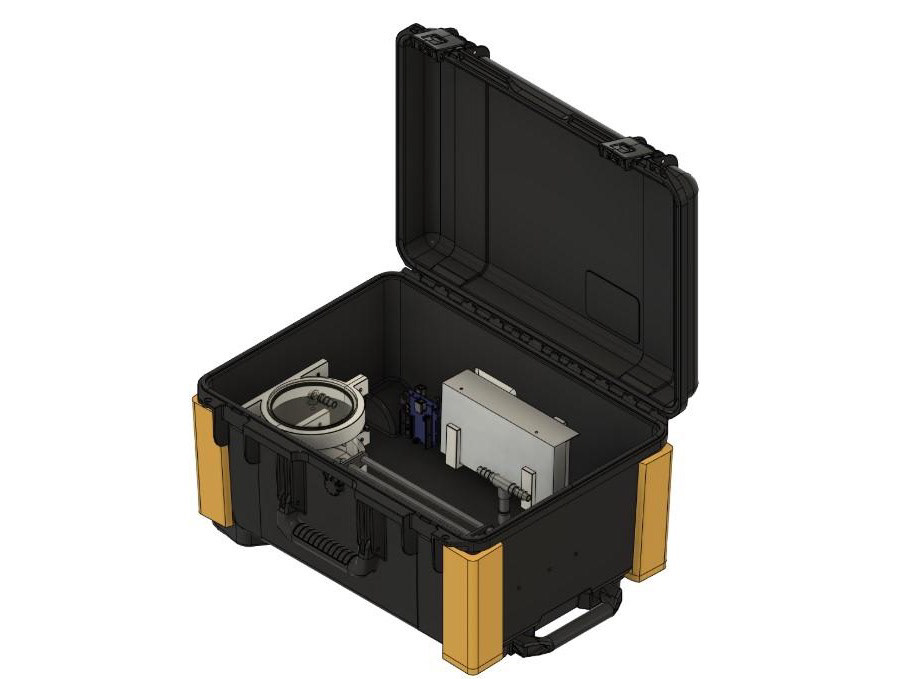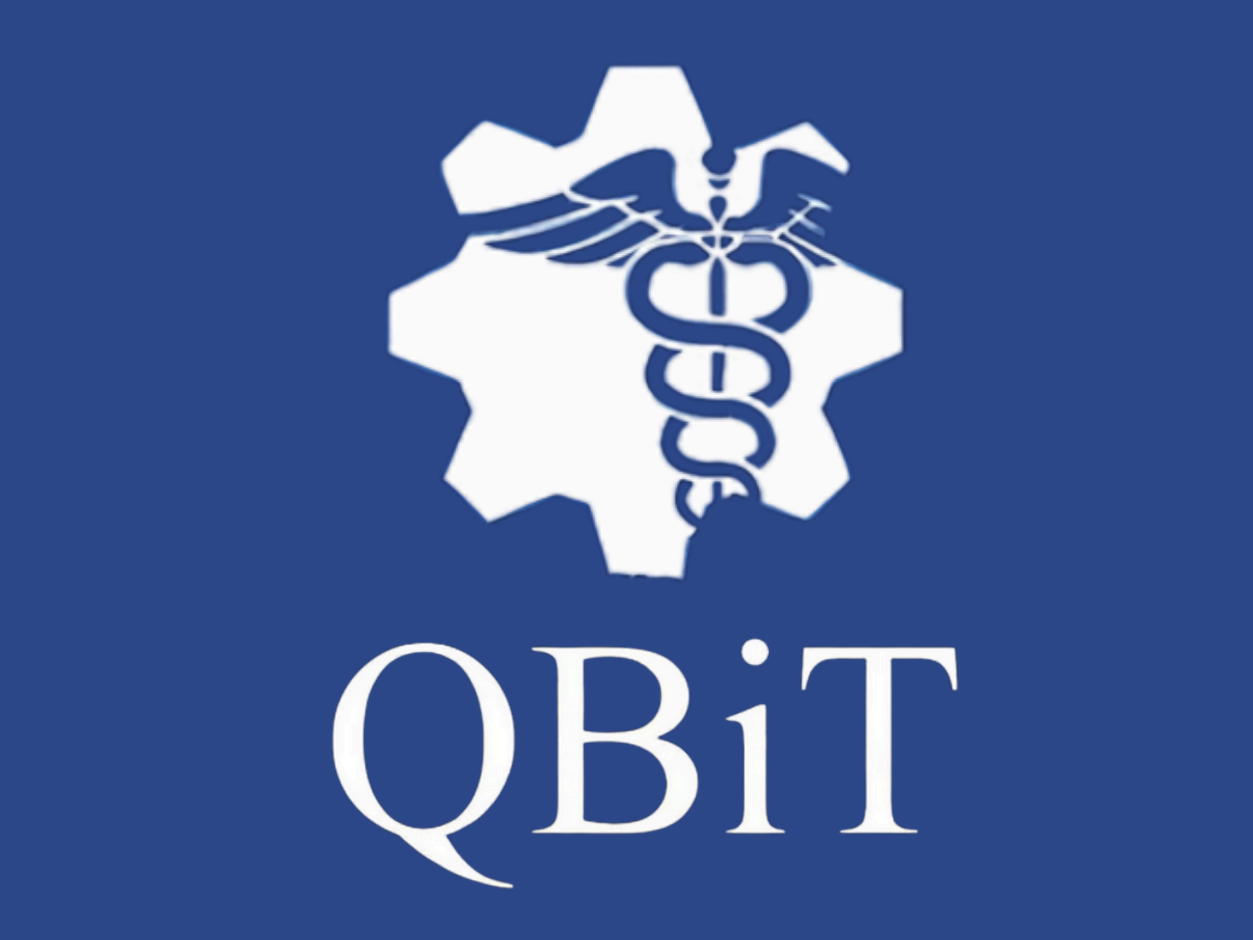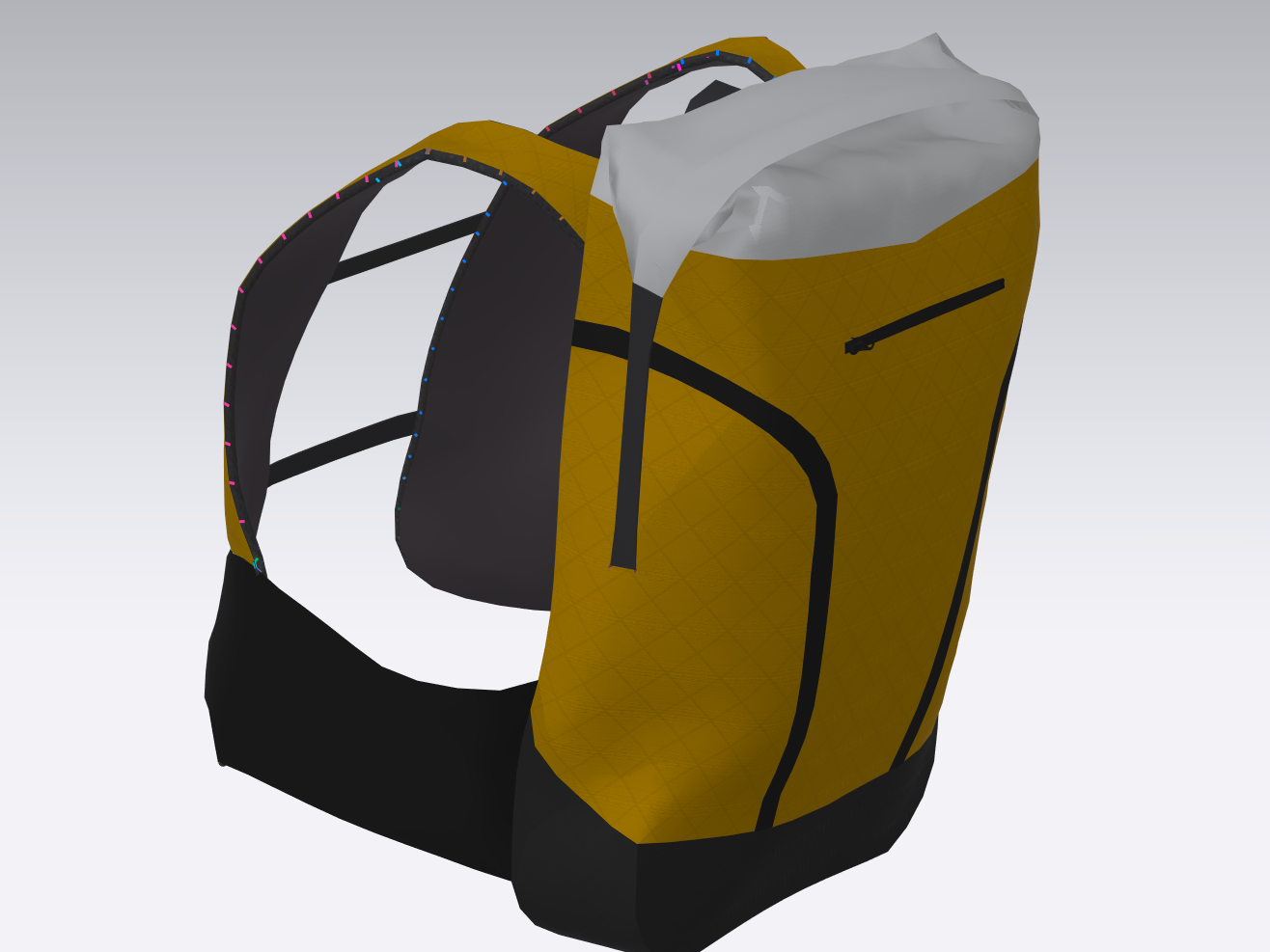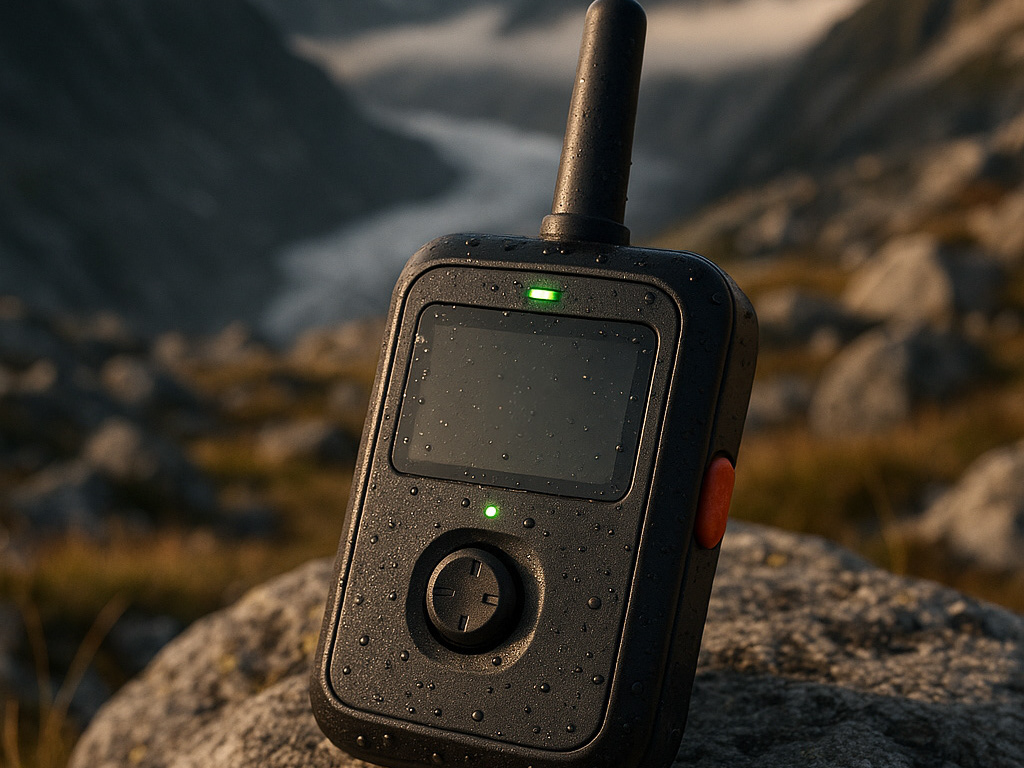Project Highlights:
- Led CAD and mechanical design of a one-piece assistive grip enabling multi-mode use without fine motor demands
- Developed through an iterative, cross-functional process with OT students and frontline educators
- Applied QFD, DFMEA, and FEA to validate safety, usability, and effectiveness


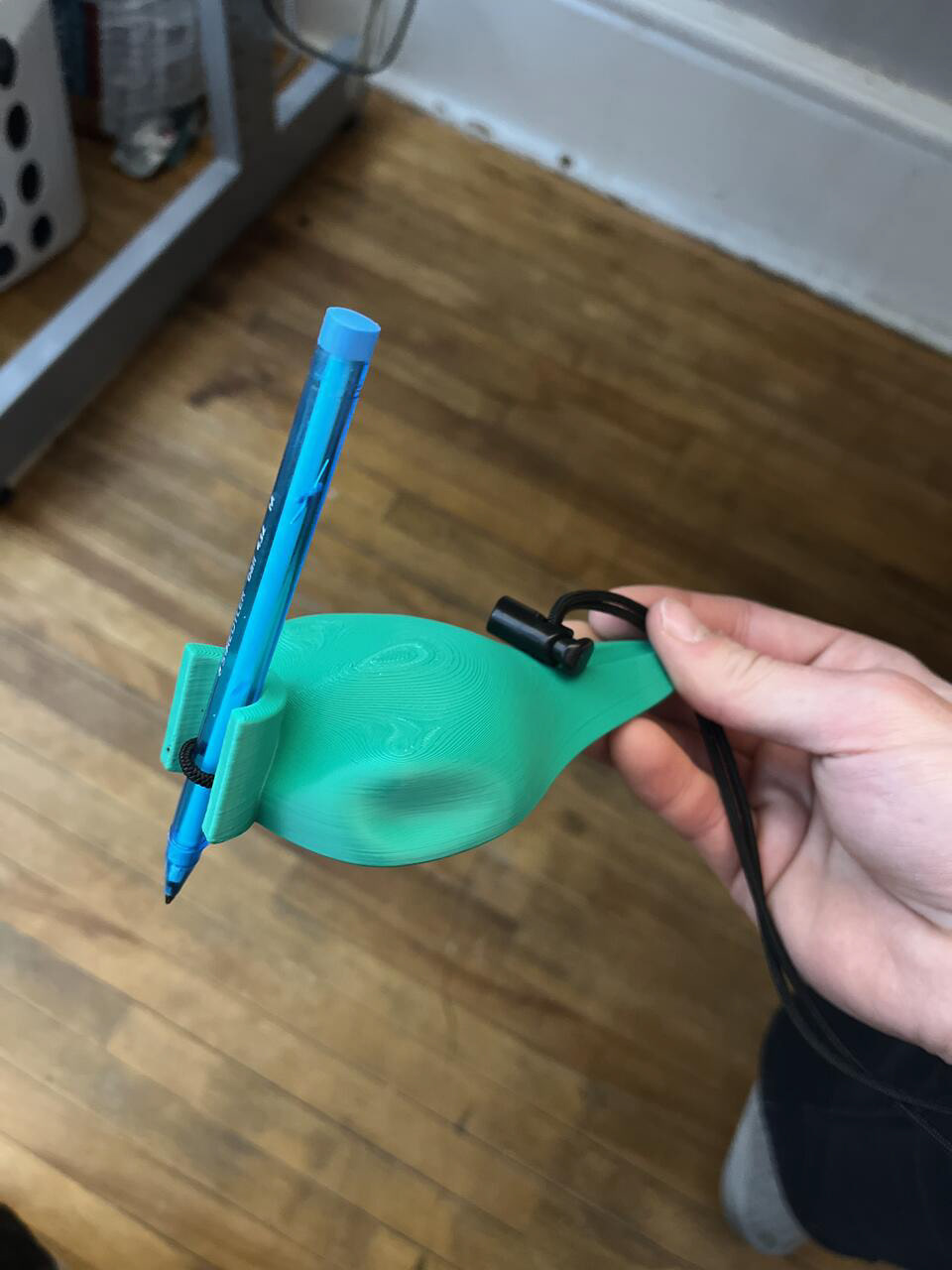


This project was one of the most rewarding experiences of my undergrad. As part of MECH 393 - Biomechanical Product Development, I had the chance to work with an interdisciplinary team of engineering and occupational therapy students to design an assistive writing device for students with fine motor and motor planning impairments in the Limestone District School Board.
We were approached by the board’s special education coordinator, who shared that following de-streaming, more students were entering mainstream classrooms without access to the tools they needed to participate fully in activities like writing, drawing, and painting. Existing assistive grips were often expensive, difficult to use, or required grip strength that many students simply didn’t have. We set out to create a simple, low-cost solution that could restore independence and classroom inclusion.
Our process followed a Quality Function Deployment (QFD) framework, beginning with in-depth interviews with occupational therapists and educators. Working closely with the OT students on our team, I led the mechanical design and CAD development of a one-piece grip that prioritized broad utensil compatibility (5–20 mm), multiple grip modes (palm pressure, overhand, and strapped), and a simple locking mechanism to make utensil swapping fast and intuitive. The design eliminated the need for fine motor skills and could be cleaned easily between uses, two key priorities identified by frontline staff.
We moved quickly through several rounds of concept generation and prototyping, integrating feedback at every stage. The final design was validated through DFMEA, FEA, and manufacturability assessments aimed at scaling production through 3D printing or injection molding. The device received strong feedback from therapists for comfort, versatility, and safety, and initial conversations were held around classroom piloting within the district.
This project reinforced everything I value in product design: elegant, human-centered solutions built through real-world collaboration. It highlighted the power of cross-functional teamwork, where clinical insight and engineering design come together to meet complex user needs.

